In our homes, there are often overlooked areas that play crucial roles in maintaining the overall health and safety of our living environment. One such area is the crawl space. This often-neglected space serves not only as a barrier to pests but also as a foundational buffer against moisture and mold, which can compromise the structural integrity of a home. Just as active interaction between a reader and a text enhances understanding and connection, so too does a well-maintained crawl space actively contribute to the wellness of a home.
The crawl space might be out of sight, but it should never be out of mind. Much like the detailed annotations in a scholarly text that provide deeper insights and context, understanding the condition and needs of your crawl space can significantly prevent potential issues that are costly and detrimental to the health of your home's occupants. Proper insulation, moisture control, and regular inspections are akin to the careful analysis and connection-making encouraged in academic study. They are vital practices that ensure the crawl space remains dry, energy-efficient, and free of contaminants.
In this blog, we will explore the essential functions of crawl spaces and discuss the best practices for their maintenance. Our aim is to provide you with the knowledge and tools to appreciate and care for this integral part of your home, ensuring it continues to support the structure and health of your living environment, much like a well-annotated text supports deeper comprehension and appreciation in a reader.
Understanding Crawl Space Vulnerabilities
Just as an annotated text uncovers deeper insights within a literary work, understanding the vulnerabilities of your crawl space can illuminate potential issues that might compromise the integrity of your home. It is crucial to recognize common causes of damage and the signs of structural decay to ensure the crawl space remains a protective and functional part of your house.
Common Causes of Damage
- Moisture Accumulation: Much like misinterpretations can cloud the true meaning of a text, unchecked moisture can obscure and eventually damage the structural health of your crawl space. Moisture is a pervasive enemy, leading to a myriad of issues if not properly managed.
- Pest Infestation: Pests can infiltrate crawl spaces as silently as a comma alters the meaning of a sentence, gradually causing extensive damage that can be costly to repair. Regular inspections are essential to detect and mitigate this threat.
- Inadequate Ventilation: Without adequate air flow, a crawl space becomes susceptible to dampness and decay, similar to how a text can become impenetrable without clear structure and annotations.
- Poor Insulation: Proper insulation in a crawl space is like a well-constructed argument in an essay; it supports and protects against external conditions, helping maintain the overall energy efficiency and structural integrity of the home.
Signs of Structural Damage in Crawl Spaces
- Mold and Mildew Growth: Indicators of excessive moisture, mold, and mildew not only threaten the health of the structural components but also the health of the residents, akin to unclear annotations that fail to clarify the deeper meanings of a text.
- Wood Rot and Rusting of Metal Components: These are the physical manifestations of neglect and poor maintenance, much like errors in a text that go unchecked without thorough review and corrections.
- Cracking in Foundation Walls: Cracks in the foundation are serious signs that the structural integrity of your home is compromised, similar to a critical misunderstanding in the interpretation of a fundamental piece of literature.
- Sagging Floors Above the Crawl Space: This is a direct indication that the problems below are now affecting the livable spaces of the home, much like how misinterpretations in foundational texts can lead to flawed applications in understanding.
Understanding and addressing these vulnerabilities and signs of damage are akin to engaging deeply with a text through annotation. It involves not just a surface-level inspection but a thorough and informed analysis to safeguard the health and stability of your home.
Preventative Measures for Crawl Space Maintenance
Engaging with a text through annotation helps readers prevent misunderstandings and misinterpretations by actively interacting with the material. Similarly, proactive maintenance of your crawl space can prevent damage and ensure the long-term health of your home's foundation. Let’s explore effective moisture control techniques and ways to enhance ventilation.
Moisture Control Techniques
Moisture in a crawl space can be as detrimental as a misinterpretation in critical text analysis, leading to structural and health issues. Here are several techniques to manage moisture effectively:
- Proper Grading and Drainage Solutions: Just as a well-structured essay guides the reader smoothly from introduction to conclusion, proper grading around your home ensures water flows away from the foundation, preventing any accumulation that could seep into the crawl space.
- Installation of Vapor Barriers: Installing a vapor barrier is akin to placing a protective cover over a valuable book. It acts as a critical line of defense against moisture, keeping the area dry and protected from water vapor that can lead to mold and mildew.
- Use of Dehumidifiers and Sump Pumps: Like using references and citations to clarify and validate arguments in an academic paper, employing dehumidifiers and sump pumps in your crawl space can help manage the climate, keeping it dry and free from moisture accumulation.
Enhancing Ventilation
Proper air circulation in a crawl space is as crucial as clear communication in writing. Without good ventilation, moisture and stagnant air can lead to deterioration and mold growth, much like how poor structure and lack of clarity can render a text ineffective.
Importance of Air Circulation: Ensuring that air circulates effectively throughout the crawl space helps in maintaining low humidity levels and prevents the accumulation of harmful gases and odors. Think of ventilation as the reader’s ability to breathe and navigate through a text without losing interest or misunderstanding the author’s intent.
Different Methods to Improve Ventilation: To facilitate this essential airflow:
- Vent Installation: Installing vents around the crawl space can provide a natural air exchange, similar to using varied sentence structures to keep the reader engaged.
- Fans: Using exhaust fans helps push out stale air and pull in fresh air, ensuring that the crawl space remains dry and well-aired.
- Cross-Ventilation Strategies: Implementing cross-ventilation involves placing vents or fans strategically across opposite ends, creating a flow that thoroughly exchanges the inside air, akin to a well-organized debate where ideas are presented clearly from multiple perspectives.
By adopting these preventative measures, homeowners can ensure their crawl space remains robust and functional, similar to how a well-annotated text remains relevant and insightful over time.
Structural Reinforcement Methods
In literature, annotations enhance the reader's understanding and connection with the text, strengthening their overall grasp of the material. Similarly, reinforcing the structural elements of a crawl space can significantly enhance the integrity and longevity of a home's foundation. Here, we discuss effective methods to reinforce foundation walls and upgrade floor joists and supports, ensuring the structure remains robust and resilient.
Reinforcing Foundation Walls
Just as critical analysis strengthens a reader’s engagement with a text, reinforcing the walls of a crawl space strengthens the home's foundational stability. Techniques for enhancing the strength and durability of crawl space walls include:
- Piers: Installing piers is akin to adding supporting arguments in a persuasive essay. Piers are driven deep into the soil beneath the crawl space walls, providing a stable support that can help prevent settling and cracking.
- Anchors: Wall anchors extend to the stable, load-bearing soil outside the home, pulling inwards to counteract the pressure pushing the walls outward. This is similar to citing authoritative sources in an academic paper to bolster an argument, ensuring the structure's arguments withstand scrutiny.
Upgrading Floor Joists and Supports
The integrity of floor joists and supports in a crawl space is crucial, much like the structural integrity of a well-formed argument in a critical essay.
- Importance of Solid, Rot-Resistant Materials: Using high-quality, durable materials for floor joists and supports is essential. Materials resistant to moisture and decay, such as treated wood or galvanized steel, ensure the crawl space can withstand environmental stressors over time—paralleling the use of strong, reliable evidence in academic writing.
- Recommendations for Regular Inspections and Reinforcement Options: Regular inspections are like proofreading and editing a draft; they are essential to catch and address potential issues before they escalate. During inspections, look for signs of wear, such as cracking, bowing, or rotting, which could compromise the crawl space's structural integrity. Reinforcement options might include adding sister joists to existing joists to double the strength or installing additional supports where loads are heavy, ensuring the structure can bear the home's weight like a well-supported thesis carries an argument.
By applying these structural reinforcement methods, homeowners can significantly enhance the stability and durability of their homes. Just as thorough annotation leads to a deeper understanding and appreciation of a text, diligent maintenance and reinforcement of crawl space structures ensure a safe, solid foundation for the home.
Long-Term Maintenance and Monitoring
Maintaining a crawl space is akin to the ongoing process of revisiting and refining one's understanding of a complex text through continuous annotation and analysis. It requires regular check-ups and the occasional intervention of professionals to ensure its integrity over time. This section explores effective strategies for setting up regular inspection schedules and understanding when to seek professional assistance.
Regular Inspection Schedules
Regular inspections are crucial for early detection of potential issues in a crawl space, much like regular reviews of a text are essential for deepening understanding and catching nuances that were initially overlooked.
How Often to Inspect Your Crawl Space: Just as an academic might revisit a critical text before engaging in related scholarly discussions, it is advisable to inspect your crawl space at least twice a year—once in spring and once in fall. These inspections can help catch issues that arise with seasonal changes, particularly those related to moisture and pest activity.
Key Elements to Check During Each Inspection: Each inspection should be thorough, examining:
- Moisture Levels: Look for any signs of water accumulation or excessive dampness, which could lead to mold and structural damage.
- Structural Integrity: Check for signs of sagging, cracks, or rot in wooden components, similar to how one would look for flaws or inconsistencies in an argument or narrative.
- Insulation and Ventilation: Ensure that insulation is dry and intact, and that ventilation systems are unobstructed and functional.
- Pest Presence: Look for any signs of pest infestations, as pests can rapidly damage the structural components of the crawl space.
Professional Assistance and When to Seek It
There are times when the complexity of a text—or in this case, a crawl space—requires expert analysis and intervention to address issues that are beyond routine maintenance.
Signs That Indicate the Need for Professional Intervention:
- Persistent Moisture Issues: If moisture problems recur despite regular maintenance, this may indicate a deeper, systemic problem that requires professional waterproofing solutions.
- Significant Structural Damage: Evidence of major structural issues, such as large cracks in the foundation or severe sagging of floor joists, should be addressed by professionals.
- Severe Pest Infestations: If pest control measures have failed and the infestation persists, it's time to call in pest management professionals.
How to Choose a Reputable Contractor or Service Provider:
- Certifications and Licensing: Ensure the contractor has the necessary qualifications and adheres to local building codes and regulations, similar to how a scholar's credentials lend credibility to their interpretations of texts.
- References and Reviews: Like citations in academic work, references from past customers can provide insights into the reliability and quality of the contractor's work.
- Estimates and Detailed Plans: Reputable professionals should provide clear, detailed plans and fair estimates, much like a well-organized academic paper outlines its thesis and supporting arguments.
Regular maintenance and timely professional intervention are key to keeping your crawl space in optimal condition, much like ongoing engagement with and scrutiny of a text are essential for a comprehensive understanding and appreciation.
Addressing Environmental and Health Concerns
Maintaining the integrity of a crawl space is not only about structural health but also about ensuring a safe, healthy living environment. Just as careful reading and annotation can uncover underlying themes and issues in a text, attentive maintenance of your crawl space can help identify and mitigate environmental and health risks. This section delves into strategies for reducing the risks of mold and mildew and implementing effective pest control measures.
Reducing Risks of Mold and Mildew
Mold and mildew not only compromise the structural integrity of a home but also pose serious health risks to its occupants. Addressing these concerns requires vigilant monitoring and prompt action, akin to revising a draft to improve clarity and depth.
Steps to Take if Mold is Detected:
- Assessment: Determine the extent of mold growth. For small areas, cleaning with a mold-killing solution may suffice. Larger infestations, however, might require professional remediation.
- Elimination: Remove or clean the moldy materials using appropriate safety gear and cleaning agents specifically designed to kill mold.
- Moisture Control: Address the underlying causes of moisture, such as leaks or high humidity, to prevent future growth. This might include improving drainage, using dehumidifiers, or installing vapor barriers.
Health Implications of Unchecked Mold Growth:
- Respiratory Issues: Mold spores can exacerbate asthma and lead to respiratory infections or symptoms such as coughing and wheezing.
- Allergic Reactions: Exposure to mold can cause allergic reactions ranging from skin rashes to severe breathing difficulties.
- Long-Term Health Effects: Prolonged exposure to mold can lead to more serious health problems, underlining the importance of prompt and effective mold management.
Pest Control and Prevention
Pests such as termites and rodents can cause significant damage to a home's crawl space, much like inaccuracies in a text can undermine its credibility. Effective pest control strategies are essential for maintaining both the health of your home and its residents.
Strategies to Deter Common Pests:
- Regular Inspections: Regularly inspect the crawl space for signs of pests, such as droppings, nests, or structural damage.
- Barriers: Install physical barriers, such as steel mesh, to prevent rodents from entering.
- Chemical Treatments: Use appropriate, environmentally safe pesticides to manage infestations of termites and other pests.
Importance of Sealing Entry Points and Regular Pest Control Treatments:
- Sealing Cracks and Openings: Just as a well-argued essay leaves no room for doubt, sealing potential entry points leaves no room for pests. Ensure that all cracks and openings are securely sealed to prevent pests from entering.
- Routine Maintenance: Regular pest control treatments can help prevent infestations before they start, preserving the structural and environmental integrity of the crawl space.
Through proactive measures and regular maintenance, homeowners can address the environmental and health concerns associated with crawl spaces, ensuring a safe and healthy living environment. Just as thorough analysis enhances the comprehension of a text, careful attention to the crawl space can significantly improve the quality of life within the home.
FAQs
-
What causes crawl space structural damage?
Structural damage in crawl spaces can be caused by moisture accumulation, pest infestations, inadequate ventilation, and poor insulation. Each of these factors can undermine the integrity of building materials and overall foundation stability.
-
How often should crawl spaces be inspected?
Crawl spaces should be inspected at least twice a year, typically during the spring and fall, to identify any potential issues early on. This regular schedule helps prevent the escalation of minor issues into major structural damage.
-
Are vapor barriers necessary?
Yes, vapor barriers are crucial in preventing moisture from seeping into crawl spaces. They help maintain dry conditions, thus protecting the structural components from moisture-related deterioration such as mold growth and wood rot.
-
Can proper insulation prevent damage?
Proper insulation plays a key role in maintaining temperature and moisture levels within a crawl space. It helps prevent the condensation that can lead to mold growth and wood rot, thereby protecting the structural integrity of the space.
-
When to seek professional crawl space repair?
Professional help should be sought if there are signs of significant structural damage, such as large cracks in the foundation, sagging floors above the crawl space, or persistent moisture problems that home remedies cannot resolve. Professionals can provide specialized solutions like structural supports or comprehensive waterproofing systems.
Contact Trench Guys Today!
Trench Guys will do everything we can to ensure your experience with us is excellent.
Request A FREE Estimate
Request a Free Estimate Form
We will get back to you as soon as possible.
Please try again later.
Checkout Recent Post
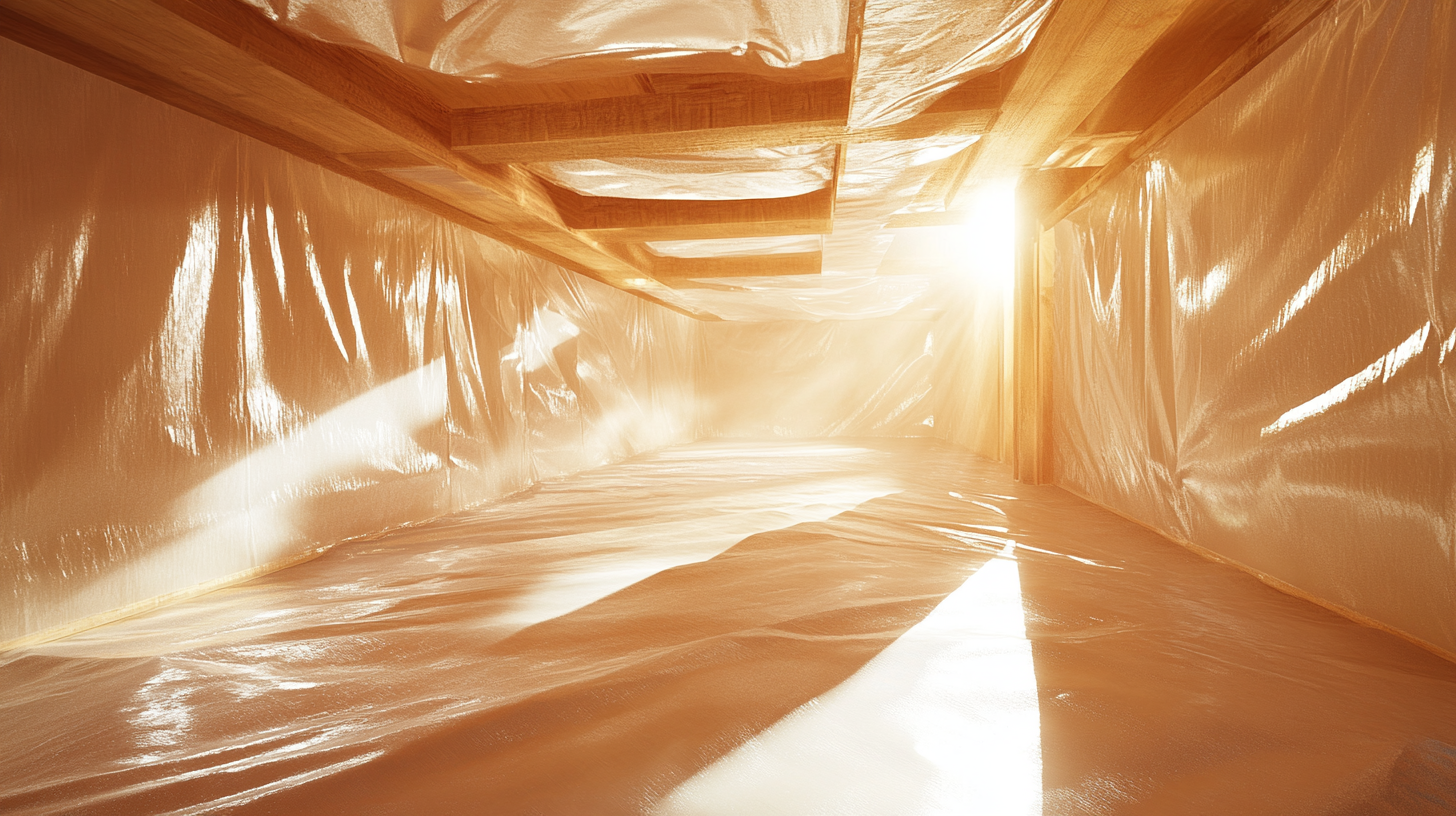
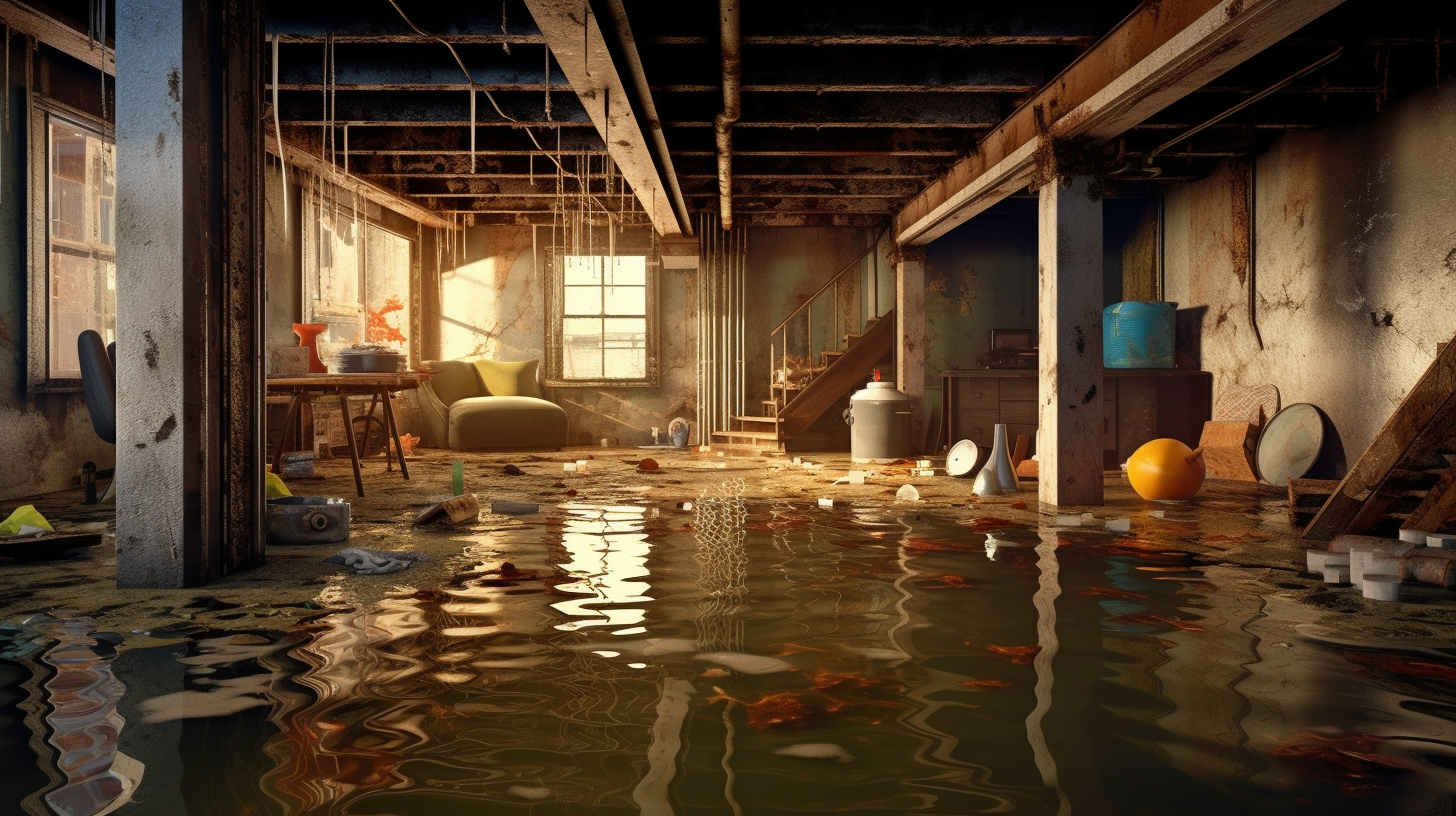
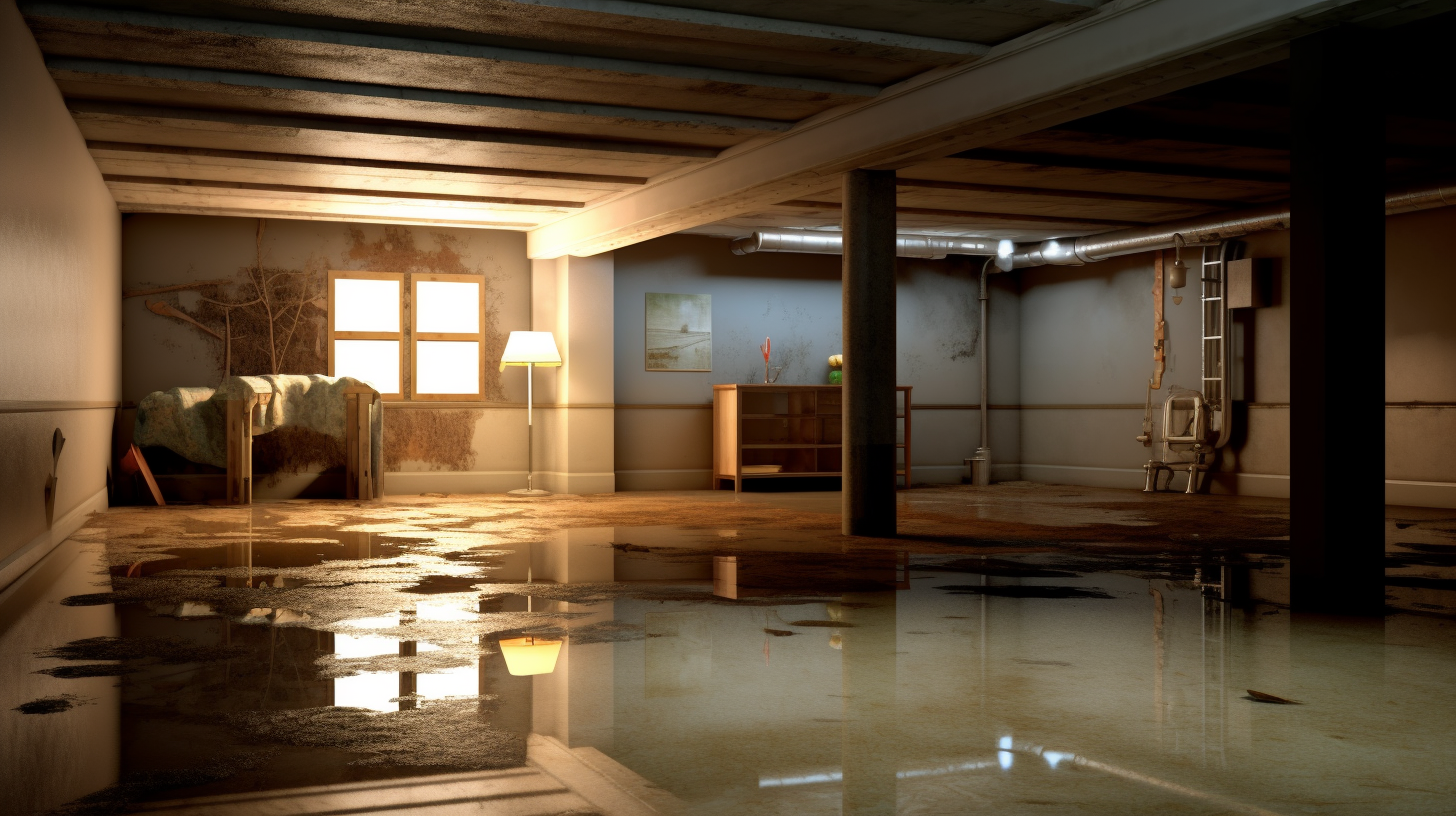
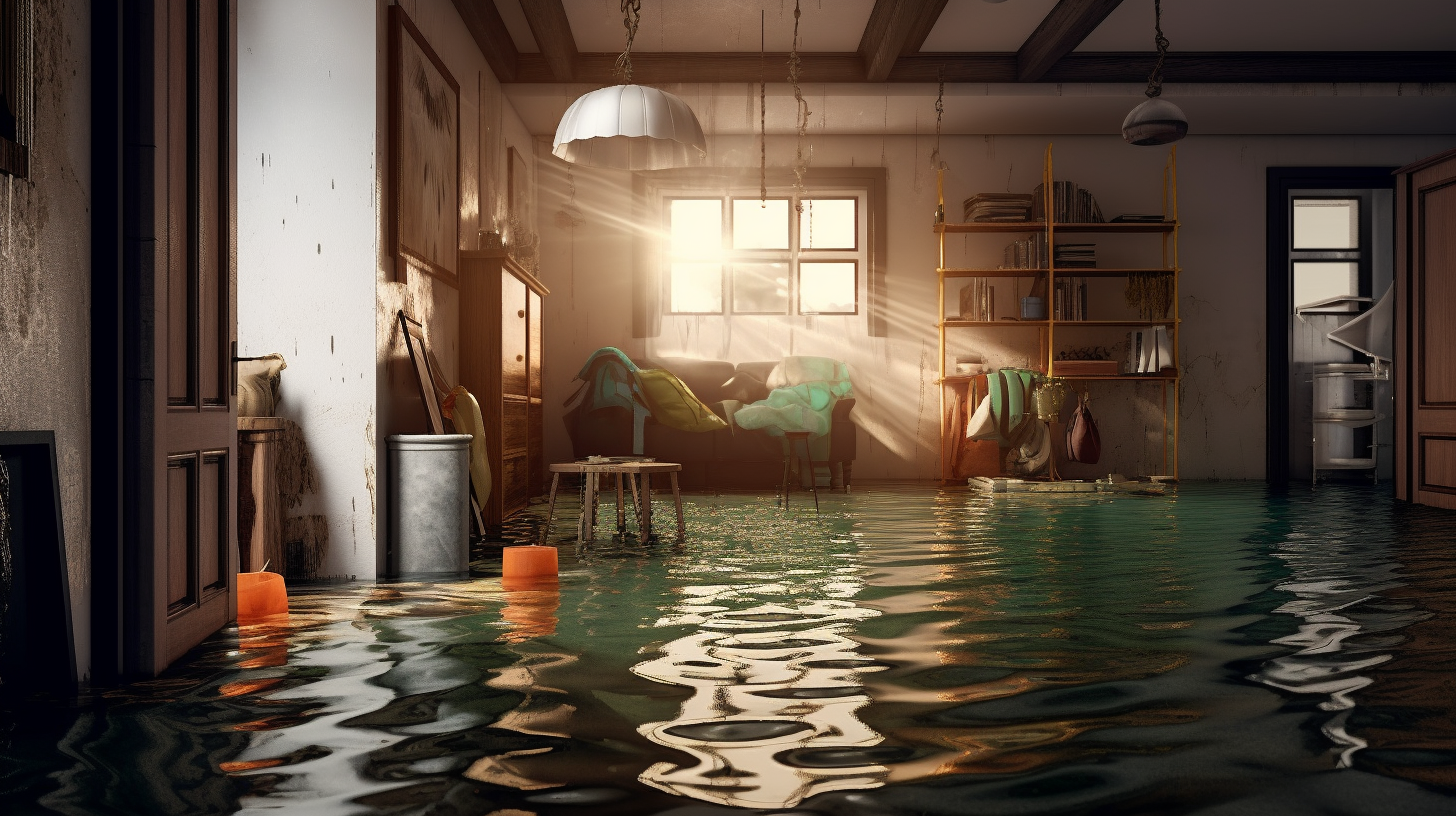
Got a Question? We’re Here to Help.
You can arrange an appointment or make an enquiry by phone or email, orget in touch to us via our contact form.
Looking for a reliable and professional company to take care of your crawl space, basement and gutter needs? Look no further than Trench Guys! We have years of experience in the industry and can provide you with top-quality services at a competitive price. Contact us today to get started!
CONTACT INFORMATION
Phone: 478-236-6403
Email: Wedigmiddlega@gmail.com
Address: Macon, GA
Business Hours:
Mon-Fri: 6:00 AM - 5:00 PM
Sat-Sun: Closed
ADDITIONAL INFORMATION
Us Across The Web
Geo
Neighborhoods
Niche
All Rights Reserved | Trench Guys
Privacy Policy | Terms & Conditions | Sitemap



